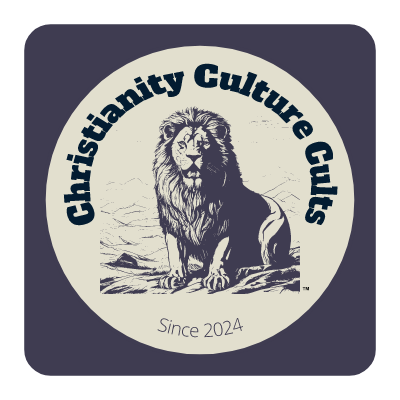The Reliability of Scripture
Evidence for the Accurate Transmission of what was written
When we open our Bible how sure can we be that it reliably reflects what was originally written? The evidence is impressive. It demonstrates that the manuscripts were copied accurately. In fact, we possess more manuscripts and earlier manuscripts than any other ancient document. The evidence is that the NT is more accurately copied than any other document.
The following chart lists the document in column one, the number of years between the first extant document and the original in column two, and the number of copies/fragments that exist.
| Document | Years to first copy | Number of copies |
| NT | 50 years | 5838 copies |
| Homer | 400 years | 1758 copies |
| Demosthenes | 1400 years | 200 copies |
| Herodotus | 1400 years | 8 copies |
| Plato | 1200 years | 7 copies |
| Tactitus | 1000 years | 20 copies |
| Caesar | 1000 years | 10 copies |
| Pliny | 750 years | 7 copies |
There are 24,000 ancient NT manuscripts in total (5800 Greek, 10,000 Latin, 8000 other). Textural criticism allows for the certainty of developing the original text.
In addition, numerous citations were found from the early church fathers.
| Writer | Gospel | Acts | Paul | General | Rev. |
| Justin Martyr | 268 | 10 | 43 | 6 | 3 |
| Irenaeus | 1038 | 194 | 499 | 23 | 65 |
| Clement Alex | 1017 | 44 | 1127 | 207 | 11 |
| Origen | 9231 | 349 | 7778 | 99 | 165 |
| Tertullian | 3822 | 502 | 2609 | 120 | 205 |
| Hippolytus | 734 | 42 | 387 | 27 | 188 |
| Eusebius | 3258 | 211 | 1592 | 88 | 27 |
The earliest manuscript fragment, AD 117, is found in p52, John Ryland. The earliest copy of the gospel and epistle is found in the Bodmer Papyri AD 200 p66,p75, p72. Most of Paul’s Epistles p45,p46,p47 found in Chester Beatty’s papyri, AD 250. Most of OT and NT (LXX) are found in B Codex Vaticanus, AD 325. The whole NT and half the OT are found in Codex Sinaiticus, AD 340. The oldest most accurate is Aleph
If we measure the accuracy against other ancient documents, we find that Marabharata is 90% accurate. Homer is 95% accurate, and NT 98-99% accurate. Two influential Bible scholars, Westcott and Hort, stated that of all variations, only 1/60 rise above trivialities and can be called substantial variations. They believed the Bible to be 98.33 percent pure. Ezra Abbot said 95% of readings are variants rather than rivals, and about 95% of the rest make no appreciable difference in the sense of the passage. He believed the text to be 99.75% pure. A.T. Robertson said real concern was with about a thousandth part of the entire text. So the reconstructed text of the NT is 99.9 percent free from real concern. Philip Schaff said that of the 150000 variations known, only 400 affected the sense, and of those, only 50 were of real significance, and of these, not one affected an article of faith.
Even Ehrman admits that the Manuscript variants don’t affect the basic doctrines of the NT. He wrote, “It would be a mistake, however, to assume that the only changes being made were by copyist with a personal stake in the wording of the text. Most of the changes found in our early Christian manuscripts have nothing to do with theology or ideology. Far and away, the most changes are results of mistakes, pure and simple- slips of the pen, accidental omissions, inadvertent additions, misspelled words, and blunders of one sort or another.”
Sir Fredric Kenyon stated that the number of manuscripts of the New Testament, the early translations from it, and quotations from it in the oldest writers of the Church are so large that it is practically certain that the true reading of every doubtful passage is preserved in some one or the other of these ancient authorities. This can be said of no other book in the world. In addition, the interval between the dates of original composition and the earliest extant evidence becomes so small as to be, in fact, negligible, and the last foundation for any doubt that the Scriptures have come down substantially as they were written has now been removed. Both the authenticity and the general integrity of the books of the New Testament may be regarded as finally established.
